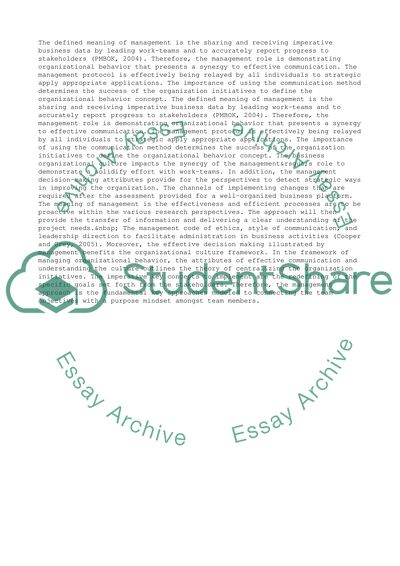Cite this document
(Managing Work-Teams to Impact on Business Performance Research Proposal - 1, n.d.)
Managing Work-Teams to Impact on Business Performance Research Proposal - 1. Retrieved from https://studentshare.org/management/1730146-management-and-organisational-behaviour
Managing Work-Teams to Impact on Business Performance Research Proposal - 1. Retrieved from https://studentshare.org/management/1730146-management-and-organisational-behaviour
(Managing Work-Teams to Impact on Business Performance Research Proposal - 1)
Managing Work-Teams to Impact on Business Performance Research Proposal - 1. https://studentshare.org/management/1730146-management-and-organisational-behaviour.
Managing Work-Teams to Impact on Business Performance Research Proposal - 1. https://studentshare.org/management/1730146-management-and-organisational-behaviour.
“Managing Work-Teams to Impact on Business Performance Research Proposal - 1”, n.d. https://studentshare.org/management/1730146-management-and-organisational-behaviour.


